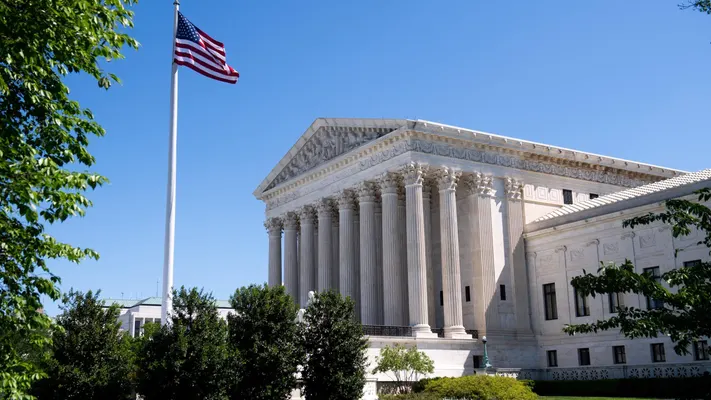
In a landmark ruling that will have far-reaching implications for consumer protection, the Supreme Court has delivered its verdict on the Consumer Financial Protection Bureau (CFPB). The highly anticipated decision was announced on Thursday, May 16, 2024, and has sparked discussions among legal experts, policymakers, and consumer advocacy groups across the nation.
The Supreme Court’s ruling centers around the constitutionality of the CFPB, an independent agency established in 2011 with the goal of safeguarding consumers from unfair financial practices. The CFPB was granted broad authority to regulate and enforce laws pertaining to mortgages, credit cards, student loans, and other financial products and services.
The Court’s decision, which was closely divided, focused on the structure of the CFPB and the level of executive control over its operations. In a 5-4 ruling, the Court held that the current structure of the agency, with a single director who can only be removed by the President for cause, violates the separation of powers outlined in the Constitution.
The majority opinion, written by Chief Justice John Roberts, argued that the concentration of power in a single director without adequate checks and balances undermines the President’s authority and circumvents the traditional system of accountability. The Court ruled that the President should have the power to remove the CFPB director at will, similar to other executive branch agencies.
While the ruling acknowledges the importance of consumer protection, it raises concerns about the potential for unchecked power within independent agencies. The dissenting opinion, authored by Justice Elena Kagan, argued that the CFPB’s structure was necessary to insulate it from political interference and maintain its effectiveness in safeguarding consumers’ interests.
The Supreme Court’s decision does not abolish the CFPB but rather restructures its leadership and accountability. Going forward, the CFPB will continue to operate, but the director will now serve at the pleasure of the President, ensuring greater executive control and accountability.
The ruling has sparked a lively debate among legal scholars, policymakers, and consumer advocates. Supporters of the decision argue that it restores the balance of power and strengthens democratic accountability. They believe that the President should have the authority to shape the direction of independent agencies to align with their policy goals.
On the other hand, critics express concerns about the potential politicization of consumer protection and the weakening of the CFPB’s independence. They worry that the ruling could undermine the agency’s ability to act in the best interests of consumers without fear of political retribution.
In response to the Supreme Court’s decision, lawmakers and policymakers are expected to evaluate potential legislative reforms to address the concerns raised by the ruling. Bipartisan efforts may emerge to strike a balance between executive control and the independence necessary for effective consumer protection.
Consumer advocacy groups are closely monitoring the developments following the ruling. They emphasize the need for continued vigilance in safeguarding consumers’ rights and interests, regardless of the changes in the CFPB’s structure. These organizations will continue to push for strong regulations and enforcement mechanisms to protect consumers from predatory practices in the financial industry.
The Supreme Court’s ruling on the CFPB marks a significant moment in the ongoing debate over the balance of power between the executive and independent agencies. As the implications of this decision unfold, it will undoubtedly shape the future of consumer protection and financial regulation in the United States.
In conclusion, the Supreme Court’s ruling on the CFPB has sparked a nationwide discussion on the structure and accountability of independent agencies. While the decision restructures the leadership of the CFPB, it also raises questions about the potential implications for consumer protection. As policymakers and lawmakers consider the next steps, the focus remains on striking a balance that ensures both executive control and robust consumer safeguards in the financial industry.
I have recently started a blog, the information you offer on this site has helped me tremendously. Thank you for all of your time & work. “It is a great thing to know our vices.” by Cicero.